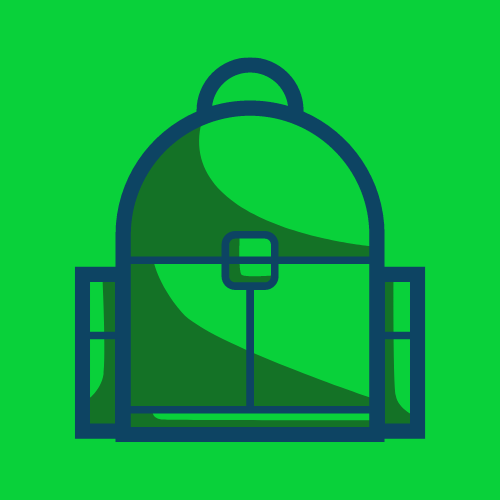Lifepack Guides
Our teaching guides are now available on Teachers Pay Teachers.
Intermediate Pack: Foundations + Grade 7 & 8
What is included?
Video overview about coding.
By the end of this unit, students will be able to:
● Write code involving sequential (step-by-step) concurrent (at the same time), and repeating events
● Read and alter code involving sequential (step-by-step), concurrent (at the same time)and repeating events.
Video overview covering the concepts of Sequential Events.
Video overview covering the concepts of Concurrent Events.
Video overview covering the concepts of Repeating Events.
Students will create their own music and dance performances using repeating events.
Video for applying lessons learned on Scratch.
Video overview about coding.
Video overview covering the concepts of Defined Count and Sub-Programs.
Grade Seven: Defined Count and Sub-Programs
By the end of this unit, students will be able to:
- Write, read, alter, and execute efficient code, including code that involves events influenced by a defined count and/or sub-programs and other control structures
- Describe how changes to the code affect the outcomes and the efficiency of the code
Students identify and discuss examples of sub-programs in their daily lives.
Students identify and discuss examples of defined counts in their daily lives
Students create a presentation to demonstrate cross-curricular applications of sub-programs to their classmates
Students write out tasks for a pretend robot to carry out daily tasks using defined counts and sub-programs
Students think critically about applications of sub-programs and express their thinking in writing
Students apply their coding knowledge to animate a story on Scratch
Video for applying lessons learned on Scratch.
Video overview about coding.
Video overview covering the concepts of Coding Involving Data Analysis.
By the end of this unit, students will be able to:
- Write, read, alter, and execute code, including code that involves the analysis of data
- Describe how changes to the code affect the outcomes and the efficiency of the code
Students identify and discuss examples of sub-programs and defined counts in their daily lives
Students create a graph, determine the mean and median, and use conditional formatting to view data on a spreadsheet.
Students describe data sets using mathematical language.
Students use conditional statements on Scratch to show relationships between data sets.
Students create a scatter plot on Scratch to display relevant data.
Video for applying lessons learned on Scratch.
Created by a Teacher and Coder
Together, Ace and Emily teamed up to make a practical guide for Ontario teachers to deliver quality coding lessons to students.

Hi, I'm Ace!
I am a UofT Computer Science graduate and have over 10 years of professional programming experience at IBM, TD Bank and Loyalty One. I will teach you coding concepts from the new Ontario curriculum using simple, real life examples.
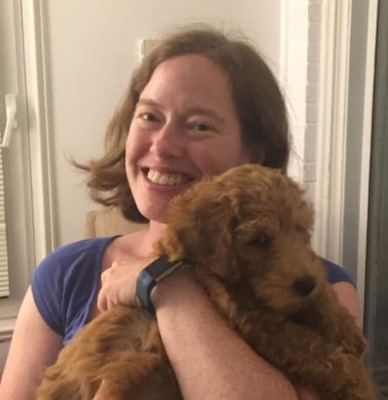
Hi, I'm Emily!
I'm an Ontario primary teacher with over 8 years of teaching experience and a Masters of Education. I was lost with the new coding curriculum, then Ace taught me the concepts and we teamed up to create a practical guide.
Teachers of Boards Served
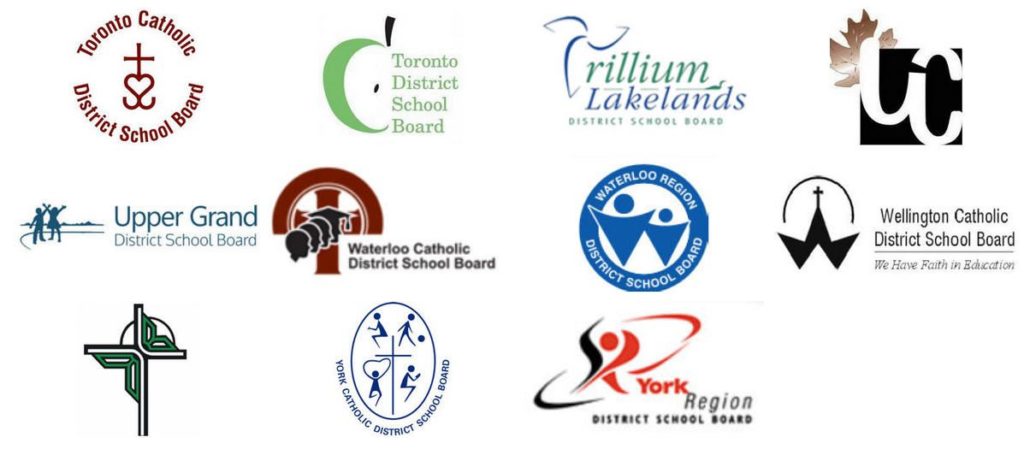
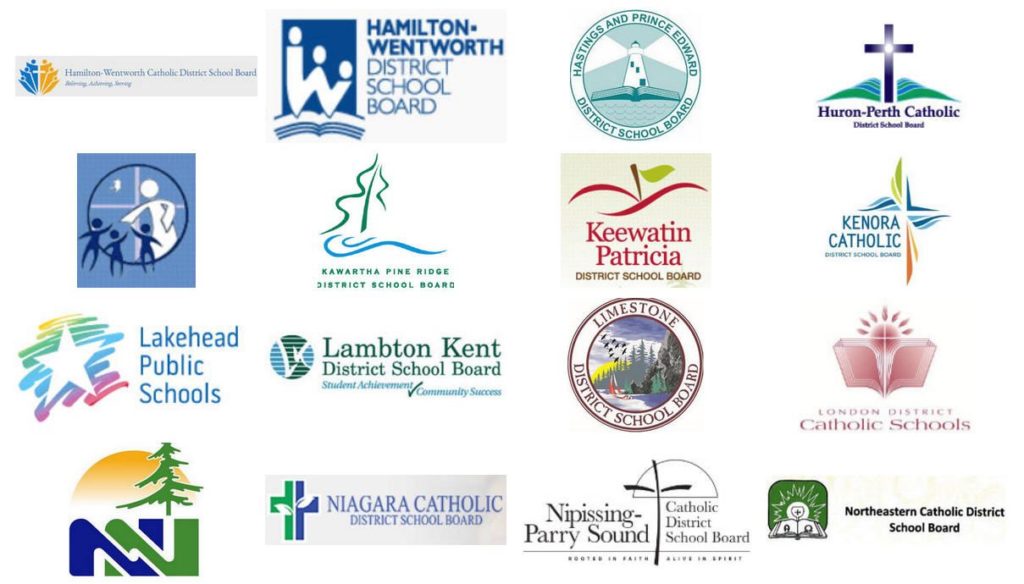
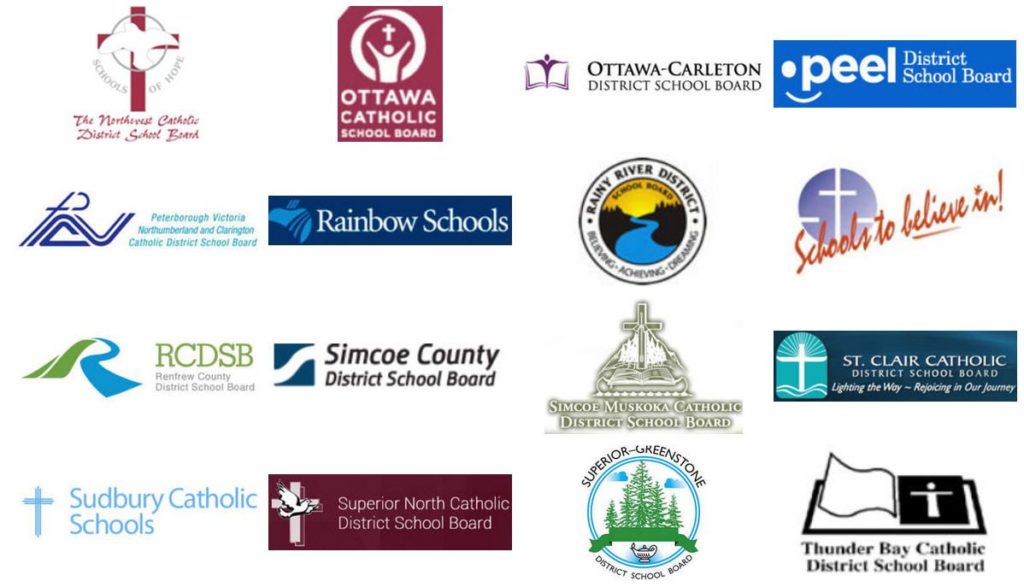
What Our Teachers Have to Say





